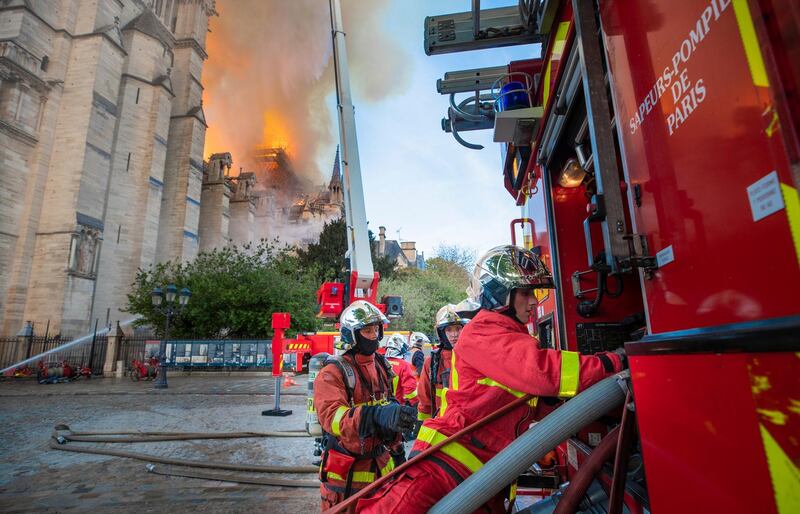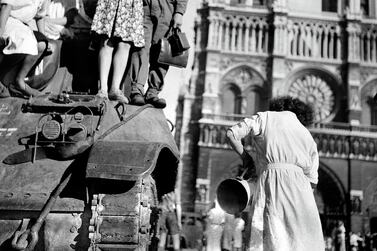The sight of the famous cathedral of Notre-Dame de Paris in flames last night will have brought a lump to the throat of many, far beyond the avenues and banlieues of Paris.
The cathedral is a UNESCO World Heritage Site, and a global Parisian icon attracting around 13 million visitors a year. It's hard to put an exact figure on annual visitors as entry to the cathedral is free, but many estimates claim the cathedral is the most visited landmark in Paris, edging out even tourist favourites like the Eiffel Tower and the Louvre.
The cathedral, which was completed in 1345 following a near-two century construction process, is far more than just a tourist attraction, or even a place of worship. It has also been the site of some of the most significant moments in French history, and has taken its place in the French cultural hall of fame.
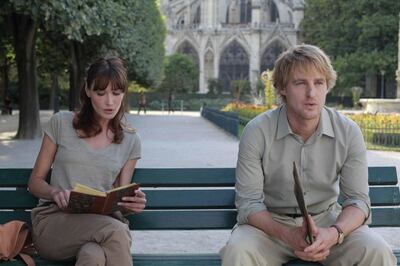
It's where leaders were crowned, and heroes were killed
Henry VI of England was crowned king of France, as Henry II of France, at Notre-Dame during the Hundred Years War in 1431. Napoleon Bonaparte was crowned emperor there in 1804.
He also sought to restore the cathedral, which had fallen into disrepair after suffering damage during the French Revolution.
In 1909, Joan of Arc, who had helped France battle the English and was burned at the stake centuries earlier, was beatified in the cathedral by Pope Pius X.
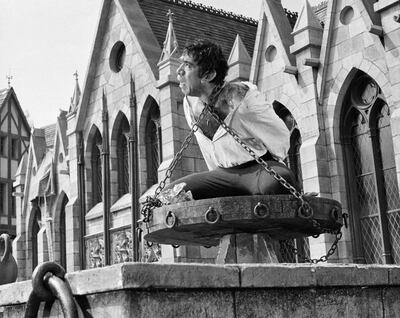
It's been a staple in films, and not just the one with the hunchback
The cathedral was immortalised in popular culture by Victor Hugo in his 1831 gothic novel The Hunchback of Notre-Dame. The novel really put the cathedral on the cultural map globally, and at least 13 film adaptations have followed, most famously the 1956 version by Jean Delannoy, starring Anthony Quinn as Quasimodo the hunchback, and 1996's popular Disney animation.
Disney has used the cathedral in other movies too. In Ratatouille, Linguini passes the cathedral twice, and a glimpse of Notre-Dame appears in the 2017 live-action remake of Beauty and The Beast.
Jean-Pierre Jeunet uses Notre-Dame as the location for the death of the main character's mother in his five-time Oscar nominated comedy Amelie, while the lead characters of Jerry and Lise share a romantic dance in the shadow of the cathedral in 1951's An American In Paris. Notre-Dame also appeared in Woody Allen's Oscar-nominated 2011 film Midnight In Paris.
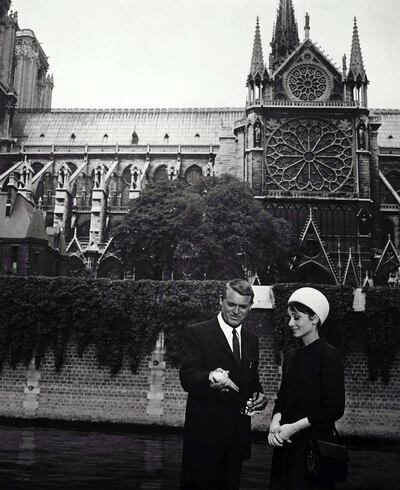
So what was it about the cathedral that made it such a movie star?
Perhaps unsurprisingly in the City of Love, Notre-Dame is a popular movie backdrop for characters taking romantic strolls through the city, but what is it about Notre-Dame that makes it such a popular location for directors?
Quite simply, its beauty. Perhaps Ethan Hawke's character, Jesse, hits the nail on the head with his words in Richard Linklater's Before Sunset.
In the film, as he and his star-crossed lover, played by Julie Delpy, gaze at the cathedral from a boat on the Seine, he tells a story about how, when the Germans were retreating from Paris towards the end of World War II, they rigged Notre-Dame with tons of explosives with the intention of destroying it as they left.
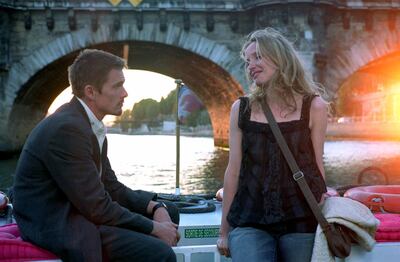
One soldier had to be left behind to flick the switch once the German troops were safely in retreat. Jesse says: "They had to leave one guy in charge of hitting the switch and the guy, the soldier, he... he couldn't do it. You know, he just sat there, knocked out by how beautiful the place was."
Admittedly, Jesse goes on to admit that he doesn't know if the story is true, but it's an apt testament to the building's timeless allure, and goes a long way to explain why location scouts come back to the site again and again.
Fortunately, with the main structure seemingly having survived the fire, Jesse's other prediction from the film has not yet come to pass: "But you have to think that Notre-Dame will be gone one day," the beau says plaintively to his beloved.
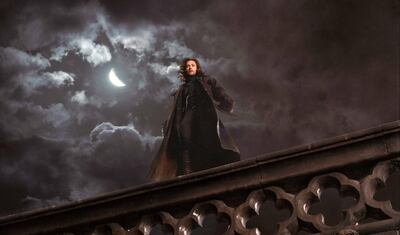
But it's not all about the romance
Notre-Dame may have apparently largely structurally survived this fire, but there's still bad news for scouts, particularly those scouting for movies in Notre-Dame's most common role as a romantic backdrop.
Of course, the building doesn't only appear in romantic movies. It can take casting credits in numerous non-romance films, such as Jean Luc Goddard's classic new wave crime drama Breathless and the Hugh Jackman and Kate Beckinsale-starring vampire romp Van Helsing. Notre-Dame also shows up in the dramatic opening sequence of another cult horror - the sequel An American Werewolf in Paris.
Despite these outliers, however, it is most popular by far in the romance genre. From Audrey Hepburn and Cary Grant in 1963's Charade to Owen Wilson and Rachel McAdam in 2011's Midnight in Paris, the city is all about falling in love, and Notre-Dame is at its heart.
These movies tend to feature our romantic leads floating down the Seine on a boat, or taking a stroll arm-in-arm down its banks. That means the cameras are usually shooting Notre-Dame's southern facade, which faces the river and features the stunning South Rose window, dating from 1260. This is currently believed to have been destroyed in the fire.
Outside of the cinematic world, several painters have also been inspired by the beauty of Notre-Dame, with Picasso and Matisse among the best-known to have been inspired by the building.
The cathedral’s bells, immortalised by Quasimodo’s refrain “the bells, the bells,” have tolled at most major events in the history of France, including the coronation of kings, papal visits and to mark the end of two world wars.
